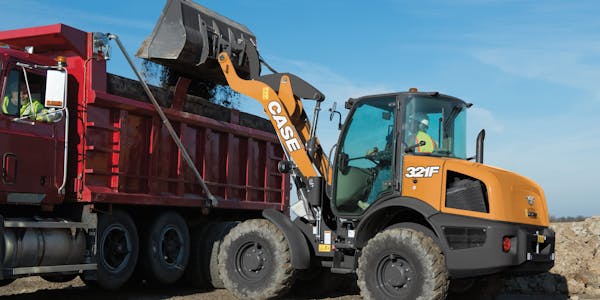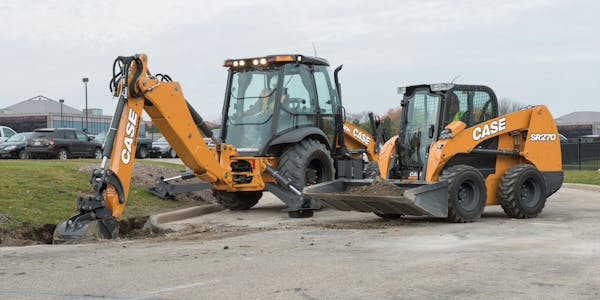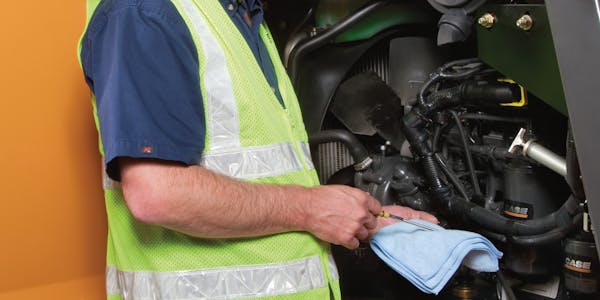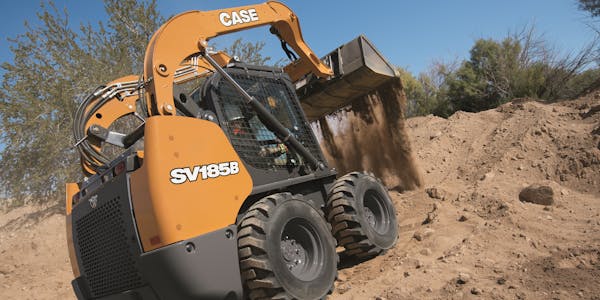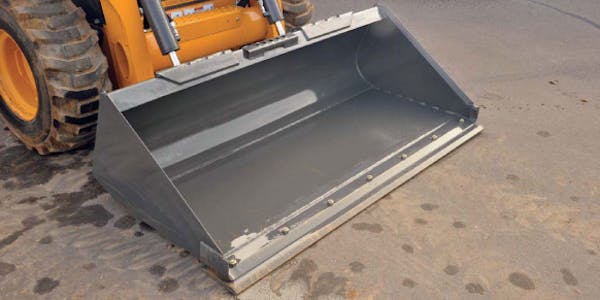Tips for Loading Dump Trucks
How to Effectively Load Dump Trucks with Your Wheel Loaders
How productive you are when loading dump trucks depends heavily on the skill of your wheel loader operator and the actual capabilities of your machines. It is important to optimize the movement of your wheel loaders, so they are not traveling more than necessary or spilling material, both of which waste time and money. To enhance efficiencies and make each cycle more efficient, we've put together several key tips for your wheel loader operator.
Implement the correct loading pattern
The loading pattern that your wheel loader operator uses plays a large role in how productive and efficient your loading operation will be. We recommend using what’s called the Y or V pattern for loading your dump trucks with wheel loaders. This method involves positioning the dump trucks with their rear just off the edge of the pile. The wheel loader operator begins the cycle at a 45 degree angle relative to the dirt pile and the truck. Moving forward, curving to the right, the operator fills the bucket, then reverses back to the starting position at a 45 degree angle, before moving forward and curving left to dump into the truck. This path resembles a Y or V shape and optimizes the loading cycle.
It is key to have your dump trucks maintain a consistent position, so your Y or V pattern is not too big or too small. You need enough space to maneuver the wheel loader effectively, but not so much space that it is traveling more distance than necessary, wasting fuel and time.
Select wheel loaders with advanced features
Beyond the loading patterns, choosing machines with the appropriate features significantly impacts the productiveness of your wheel loader operator.
· Boom kickout sets a predetermined height for the boom when lifting, perfect for when your wheel loader operator is consistently loading a truck at the same height for an extended period of time.
· Return to dig ensures the bucket starts each cycle from a predetermined point when lowering, so the bucket starts at the same position for each cycle.
· Auto leveling smoothly transitions the wheel loader bucket from a dump or dig position to a carrying position, reducing operator guesswork and minimizing time consuming errors.
Match the bucket to your wheel loaders and dump trucks
Before beginning a substantial loading project, it is critical to determine the right bucket size for your wheel loader. Consider the dump truck capacity, the number of loads to move daily, and consult your wheel loader operator manual for maximum capacities and tipping loads. Select a bucket that allows you to fill trucks in as few cycles as possible without exceeding the machine's limits.
If you have any questions about wheel loader operator tips, filling dump trucks, or wheel loaders in general, contact our team today.





